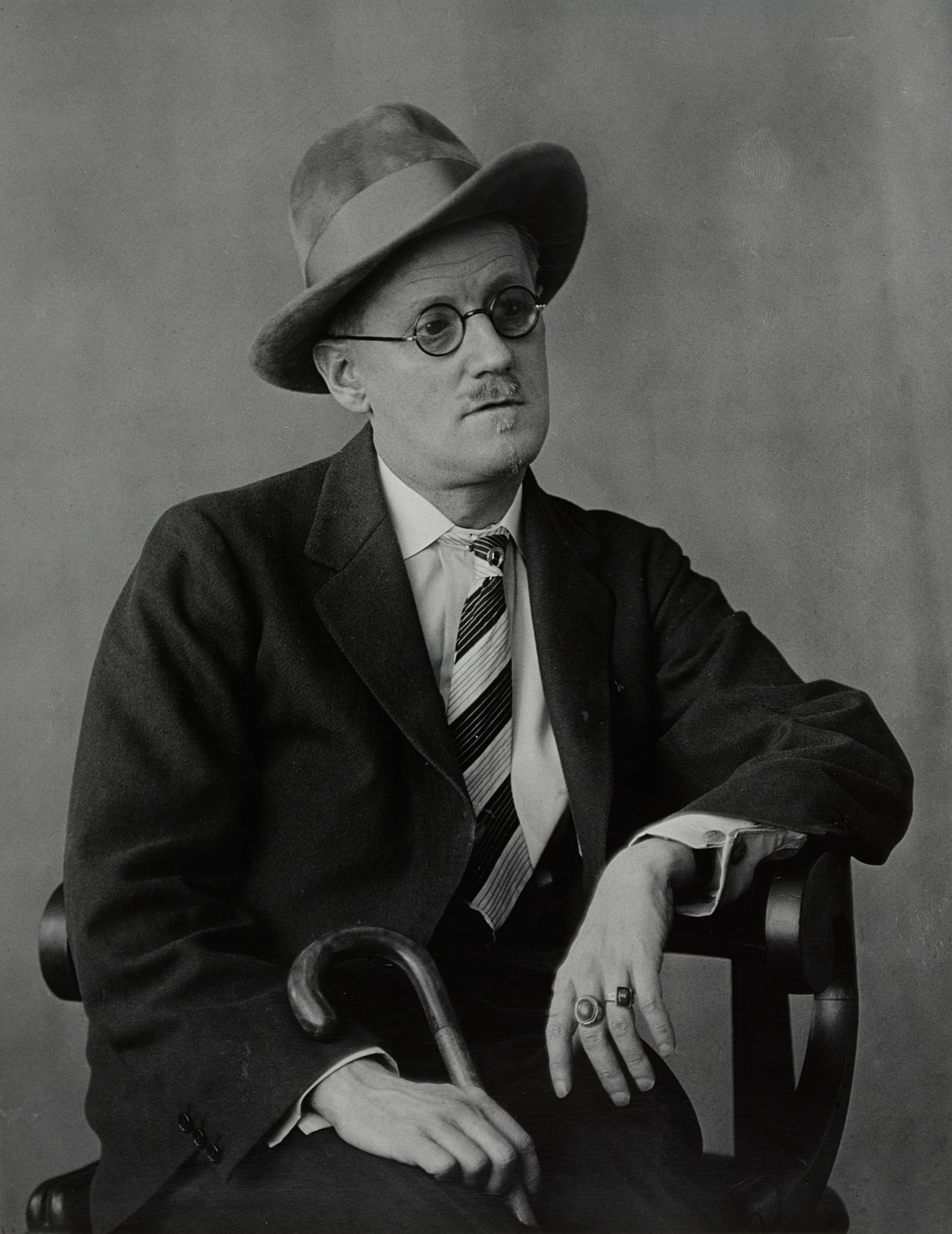

By doing this, he continually calls attention to the artifice of the entire novel, to its status as a work of art, and to his awareness of the impossibility of an “indifferent” author. For this reason, Joyce intervenes within the novel in order to allow Stephen to experience certain things guiding Stephen’s ultimate choice to become an artist. Not only that, but Stephen Dedalus’s story is that of an artist.

In order to create a living human being within the pages of a novel, Joyce must make Stephen in his own image and pour fundamental elements of himself into Stephen’s creation. Portrait is the chronicle of a character as complex as any real human being-and, as Jerry Allen Dibble points out, Joyce “recogniz implicitly the impossibility of bringing a character to life without giving up an enforced detachment which is, after all, as much an intrusion of the author’s personality on the lives of his characters as explicit, intrusive commentary would be” (37). However, Joyce cannot remain indifferent. indifferent, paring his fingernails” (Joyce V.1467–9). If Joyce were the artist of Stephen’s aesthetic theory, he would remain “within or behind or beyond or above his handiwork.

First, of course, we have Stephen, who grows to understand himself in spite of and because of obstacles, such as his Jesuit upbringing and his father’s strident nationalism then, there is the narrator, an older Stephen, who has the advantage of having lived through everything Stephen experiences and thus knows the outcome of every choice that Stephen makes and, finally, there is Joyce himself, the invisible but omnipresent artist of Stephen’s world, who has created every obstacle Stephen faces and guides the choices that resonate throughout Stephen’s life. What results is a tension between reality and contrived reality, as Joyce, in allowing Stephen to develop an “autonomous” sense of smell, subconsciously unleashes his own olfactory associations as a result, we catch glimpses of Joyce’s consciousness filtered through the lens of Stephen’s perspective.īefore dissecting the intricate relationship between Joyce and Stephen using smell as a catalyst, it is important to outline the three interactive beings present in varying degrees throughout the novel. The problem becomes even more complicated when one factors in the recurrence of figurative and imagined smells in Portrait, which often correlate with concrete smells that have occurred earlier in the text. However, as the writer and creator of the world in which Stephen lives, Joyce faced the paradox of deliberately and consciously crafting Stephen’s smell so as to seem random and subconscious. James Joyce, in writing A Portrait of the Artist as a Young Man, made sure to equip Stephen Dedalus with a realistic sense of smell and, therefore, kept in mind the random and highly subconscious nature of olfaction as opposed to other sensual faculties.


 0 kommentar(er)
0 kommentar(er)
